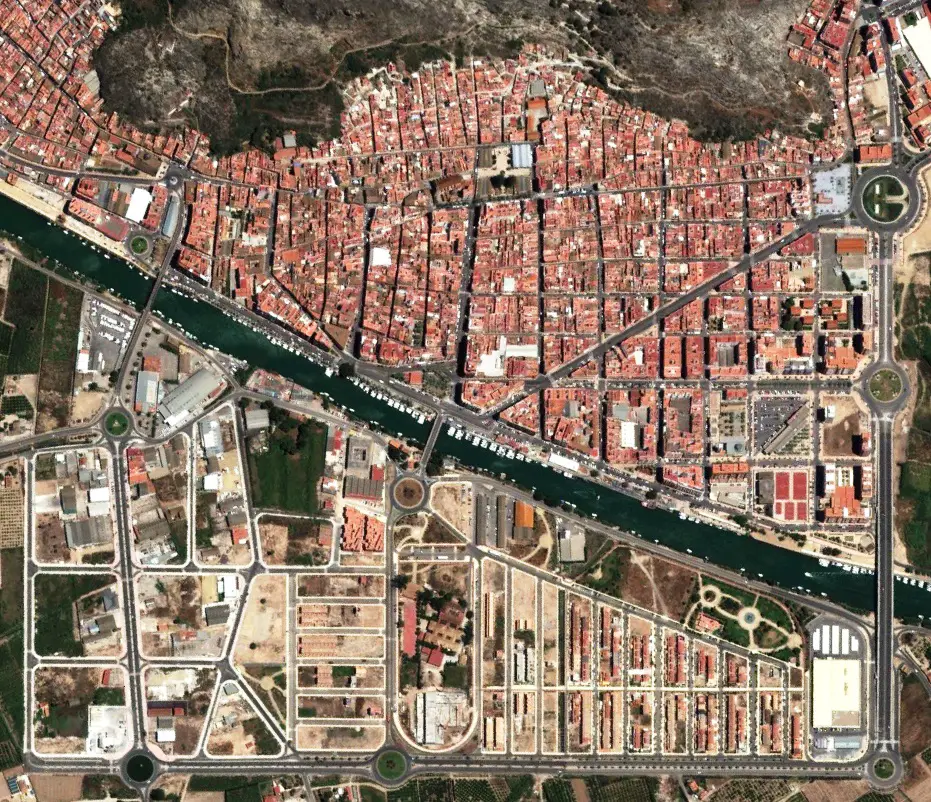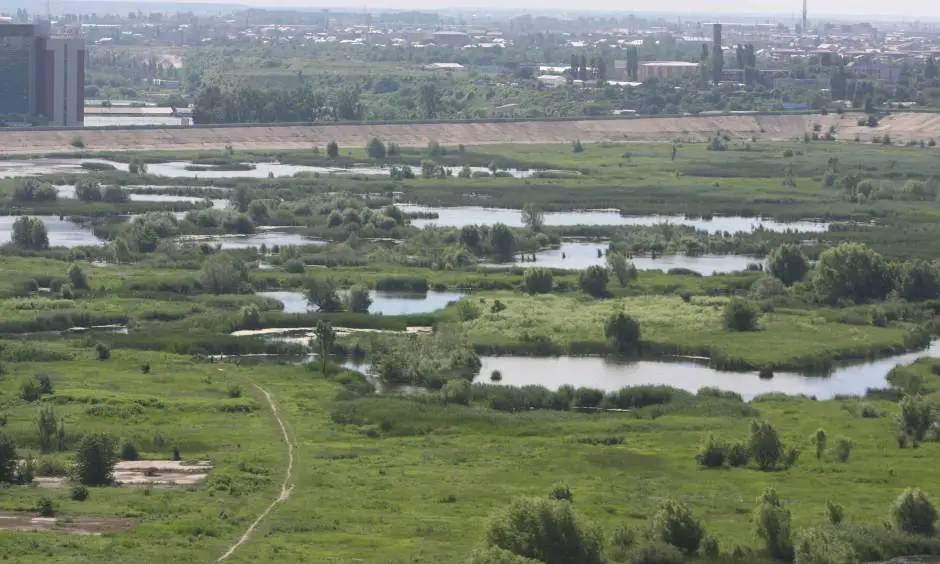Our friends at Shareable recently published Policies for Shareable Cities – a report on how urban leaders can encourage a shareable economy through policy changes. We got the chance to put a few questions via email to Shareable co-founder and report co-author Neal Gorenflo about the project, and how embracing the sharing economy is a logical next step for cities.
This Big City: Could you start by telling the readers of This Big City a little about the sharing economy, and why you think it represents such a big opportunity for cities?
Neal Gorenflo: For us, the sharing economy is a people’s economy. It’s financed, owned, and controlled democratically by the people it serves. It’s a third way of provisioning life situated in relation to and in between the market and state.
However, It inverts the normal state of affairs where the economy is the end of all ends in society. Instead, a sharing economy is a means to an end. It has the potential to increase our freedom by reducing the resources need to provision our lives. The end being that people are free to pursue whatever gives them the most satisfaction most of the time.
That typically revolves around family, community, spirituality, health, art, learning, civic life, etc. In other words, those activities that offers increasing returns to satisfaction over time. In contrast, accumulating goods offers decreasing returns over time. That’s why consumer culture is a dead end. So the bottom line is this — the big opportunity for cities is to empower citizens to create a new, more liberating and celebratory experience in cities.
For us, the sharing economy begs the question, “what would life in cities be like if we we’re largely freed from what we know as work today?” I think we’d spend our time doing what we love with the people we love in the places we love. We’d spend our time contributing to our communities. I can’t think of anything better. What else should cities be for?
Anyway, that Shareable’s vision. Some would define the sharing economy as a technological thing, as access over ownership. That’s a part of it, but again, technology and access are a means, not an end.
The report looks at four areas – transport, food, housing and jobs. Are there any other areas where the sharing economy could change the way people live?
Yes, definitely, this was just a beginning. Food, housing, and transportation are the three biggest household expenses in the US. And jobs are how most people earn income. These are good places to start.
We could look at other industries like energy, telecommunication, and finance. There are sharing economy solutions for those too. We need a section on how to open up the political process. For instance, we advocate for participatory budgeting, where citizens decide how the city budget is spent in their neighborhoods. And for culture and leisure, we could look at the enabling infrastructure like policies for expanding public space.
Your report mentions that legal barriers are holding back the sharing economy. How, if at all, can people get around this?
The report is a guide, but it’s also a call to action. Sharing is a big opportunity for positive change. For example, take carsharing. Every shared car replaces 13 owned cars. 50% of new carsharing members join to get access to a car who didn’t already have access to a car. And for every 15,000 cars taken off of the ownership rolls, a city can keep an estimated $127 million in the local economy annually.
What if most of the economy operated this way? We could radically decrease resource consumption while radically increasing access to resources, and strengthen the local economy. There’s no other strategy that can address society’s two biggest challenges — poverty and climate change — at the same time. We can pursue prosperity through sharing instead of growth.
And here’s the thing, most of our recommendations are uncontroversial, nonpartisan, practical solutions. Despite the high profile regulatory battles of home and ride sharing companies like Airbnb and Sidecar, the path to a sharing economy is largely open. Shareable just launched The Sharing Cities Network to bring people together around this vision.
Many laws are set on a local level, and you mention that US cities such as Cleveland, Austin, Chicago, New York and San Francisco are doing a good job of encouraging urban-scale sharing. What can other cities learn from them?
We might learn the most from Seoul, South Korea, where Mayor Park has kicked off an impressive initiative, “Seoul, The Sharing City.” It’s a comprehensive plan to help Seoul residents share. One of the big motivations is to build community in Seoul and reduce suicides. South Korea has the highest suicide rate in the 30 OECD countries. The suicide rate is linked to the increasingly competitive, Western-style economy. Mayor Park’s plan includes funding sharing startups, promoting sharing enterprises, and a lot more.
We could also learn a lot from regions like Emilia-Romagna in Italy and Basque Spain, which committed to an economic development model based on cooperatives. Huge portions of these regional economies are comprised of worker owned and managed cooperatives (30% and 60% respectively). It’s leads to more stable employment and wages, and a more resilient local economy in general.
Cleveland is adapting this model to their local economy, tying cooperative development to “anchor institutions” like universities and hospitals. The Evergreen Cooperatives in Cleveland are serving local anchor institutions with alternative energy, green laundry, and organic food services.
Which projects featured in the report are your favourites?
In the transportation section, I like the free parking for carsharing. It’s so simple, the impact of carsharing is huge as outlined above, and it’s what carsharing companies in San Francisco want the most from the city, which I bet is true elsewhere.
In the food section, I like the policies that help strengthen the local food economy, like allowing certain types of food products to be produced in home kitchens, supporting shared commercial kitchens, and making city land available for urban agriculture. These policies can create local jobs and increase the availability of healthy food.
In housing, supporting cooperative housing is hands down my favorite because it may be the best solution to affordable housing in cities. New York City has a big history with housing cooperatives, but we could probably learn even more from European cities like Vienna that have nearly a hundred years of experience with modern public and cooperative housing.
In jobs, it’s also about cooperatives. The cooperative model has been used successfully to develop rural areas in the US since the 1930s. It’s time to use the cooperative model in cities. Cooperatives stay local, pay better wages, and whether economic downturns better. History shows it’s a great long-term investment for cities.
Photo: Steven Vance


